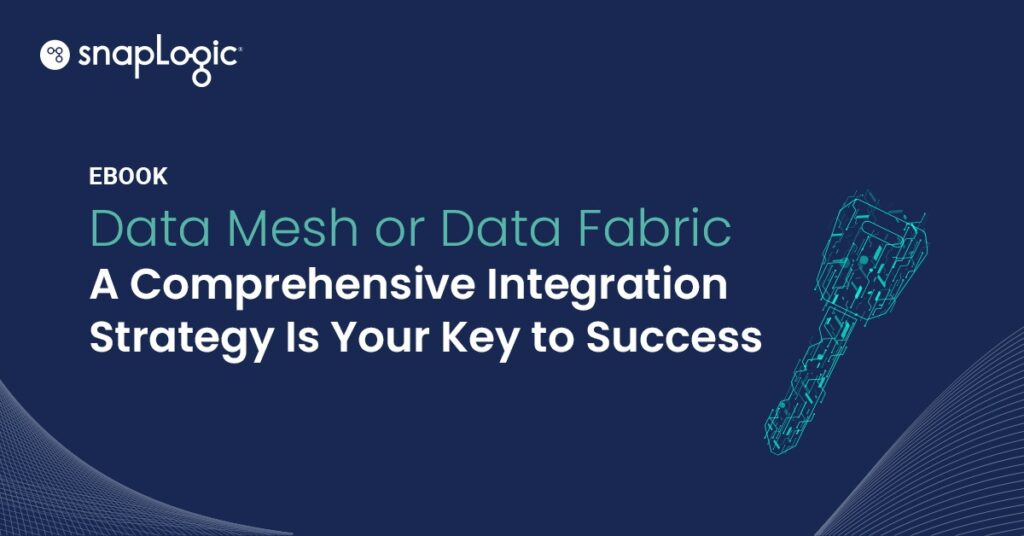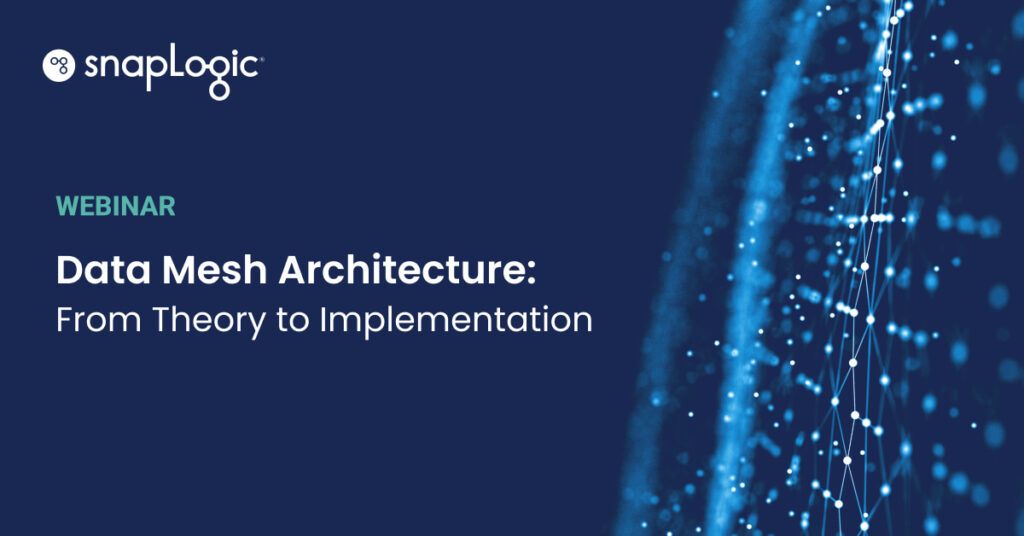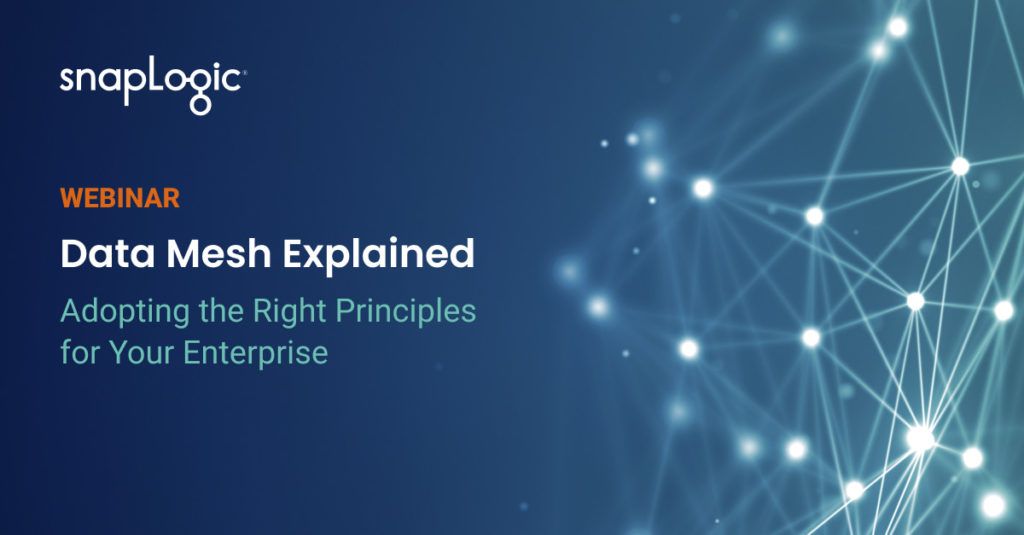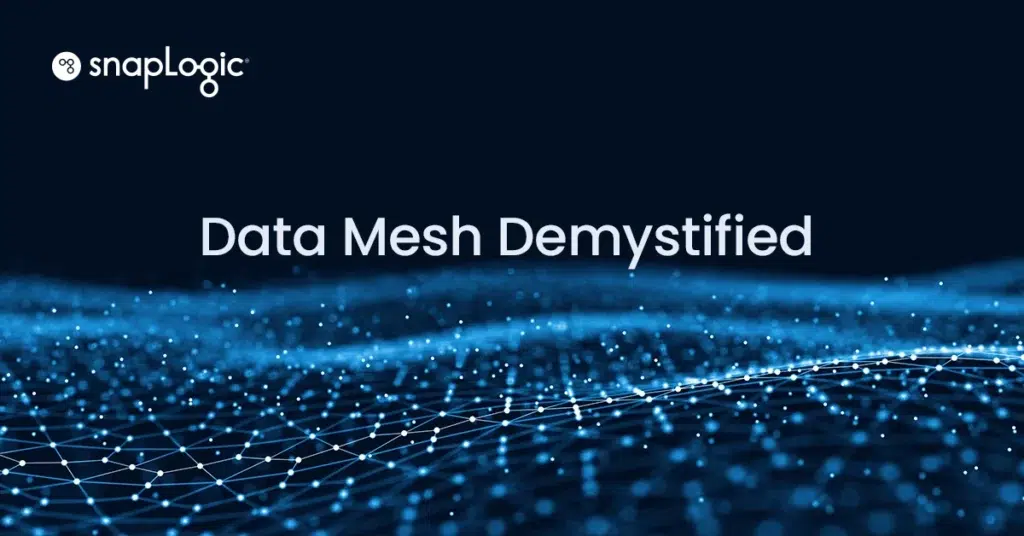What’s the difference between data mesh and data fabric?
Data mesh and data fabric are data analytics and management frameworks that are largely similar and overlapping, but with a few areas of distinction.
The data mesh framework was founded by Zhamak Dehghani (formerly with Thoughtorks consultancy) and is defined by her as a decentralized sociotechnical approach to share, access, and manage analytical data in complex and large environments–within and across environments.
The data fabric framework was developed by Gartner and is defined by Gartner as a design concept that serves as an integrated layer (fabric) of data and connecting processes. A data fabric utilizes continuous analytics over existing, discoverable, and inferenced metadata assets to support the design, deployment, and utilization of integrated and reusable data across all environments. This includes hybrid and multi-cloud platforms.
“A data fabric is a technology-enabled implementation capable of many outputs, only one of which is data products. A data mesh is a solution architecture for the specific goal of building business-focused data products.”
Gartner
How are companies using data mesh or data fabric?
Both data mesh and data fabric frameworks have a focus on decentralized data ownership and management. Decentralization, in this context, means business groups and data owners manage their own data, or have a shared ownership of data with their corporate IT department, rather than data being centralized and owned through IT.
Data mesh is characterized specifically by four principles: decentralization, self-service access to data, domain ownership of data, and federated computational governance.
Data fabric is characterized by broad active metadata, easy access to data, continuous learning from metadata, and automated deployment.
In terms of the areas of distinction, data mesh and followers of this framework tend to place a heavier emphasis on domain-owned data products, not centralized through IT, as the primary mechanism to achieve scale and faster time-to-value from data analytics. While data fabric and Gartner tend to place a heavier emphasis on the importance of global, active metadata as key to enabling decentralized, distributed, data environments to operate at scale and ease.
Which framework should I use? Data mesh or data fabric?
Both frameworks are intended to help business users build data products faster. Either framework will work.
Companies can delve into each framework and choose which one best fits their needs. Or pick and choose elements and create a data framework customized to their organization.
Data mesh and data fabric are frameworks to guide strategy — neither can be bought.
Companies cannot buy or deploy a data mesh product or platform, they can choose to apply a data mesh framework to the way they manage data at scale. A shift toward data mesh or data fabricis part of digital transformation — and must be led top down with enterprise-wide implementation.
Whichever data decentralization method companies choose to use, the ultimate goal is to create data products faster that drive business results. To do this, companies need to integrate data at scale.






